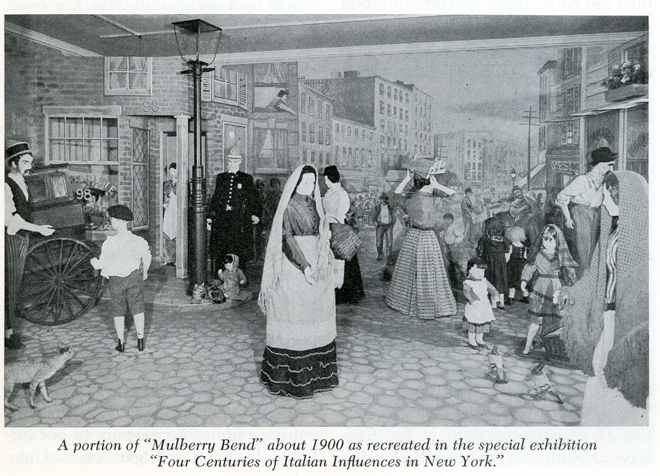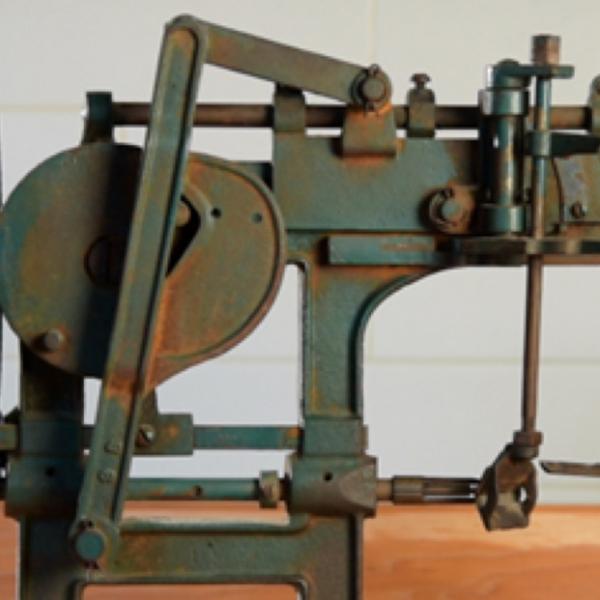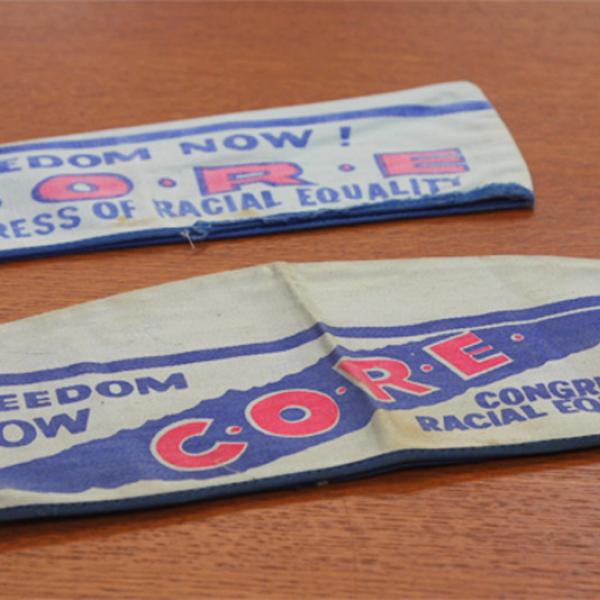From Taxidermy to Technology: the Exhibition Evolution at the Museum of the City of New York
Tuesday, November 22, 2016 by
While the Collections Department focuses its attention on the custodianship of the Museum’s vast collection of over 750,000 objects – including photographs, prints, theatrical material, manuscripts, furniture and decorative arts, drawings, costumes and textiles, maps, and ephemera – we have also been fortunate to utilize the skills of our archival interns to learn more about the Museum’s history. Recent interns have worked to process the Museum’s collection of Annual Reports, dating from 1927 to 2007. The yearly reports provide helpful pieces of institutional history: lists of donors, lenders, and the Board of Trustees; acquisition and exhibition highlights; photos from special events; and financial statements. They also provide an insightful perspective on exhibition trends that were popular over the years.
Having just opened New York at Its Core – a groundbreaking exhibition that occupies the entire first floor of our landmark building, and explores the past, present, and future of New York through the key themes of money, diversity, density, and creativity – provides us with an opportunity to look back at the evolution of exhibitions here at the Museum over the past 93 years. Many visitors at our historic opening celebration Gotham Groove reminisced with staff this past weekend on some of their early memories of the Museum, ranging from dioramas and dollhouses, to firetrucks.


A particular wave of experimental exhibition revamping began in the late 1960s, with the Dutch Gallery in 1966 (pictured above). The Museum implemented a new exhibition theory of “total museology,” which according to the annual report that year, allowed curators to form exhibitions using acquired, borrowed, or reconstructed objects, in contrast to traditional installations that relied on available artifacts to depict essential episodes in history. These exhibits were more participatory for visitors, as they required senses other than just sight. Visitors could touch certain aspects of the exhibition (though not Museum collection objects!), and listen to audio guides. In the Dutch Gallery, museum-goers entered through a black-light tunnel to denote time travel.
In 1967 the Museum employed the philosophy again in the New York – The Scene 67/17 exhibition (above and below). The exhibition was meant to show the contrast between the methods of expression used by two generations fifty years apart, in 1917 and 1967. This lead to very interesting-looking galleries!


Although total museology has a somewhat outdated ring to it, the concept is not all that different from techniques employed today. We borrow objects from other institutions, develop a specific installation design for each exhibition, and use technology and audiovisual displays to engage visitors and enhance the experience.
Prior the experimental 60s, much of the exhibition space was dedicated to period rooms and alcoves, which illustrated how New York City homes, kitchens, stores, and streets used to look. To give the spaces a more realistic look, the Museum utilized a small army of mannequins (and animals) dressed in period attire.




While the mannequins have been retired from their role as inanimate historical re-enactors, this doesn’t mean the Museum has abandoned the practice of using people and animals to further the exhibition narrative. New York at Its Core features a number of historical figures — both widely known and historically under represented — as well as the beaver and pig, to name a few of the animals. However, rather than utilizing mannequins and taxidermy, characters in New York at its Core bring their stories to life via interactive touch-screen technology that provides a wealth of information on the individual or animal, and explains their significance to the history of New York City.
To learn more about the Museum of the City of New York Annual Reports, check out the collection’s finding aid. You can also get a sneak peek at some of the objects featured in the New York at Its Core exhibition on the Collections Portal.




